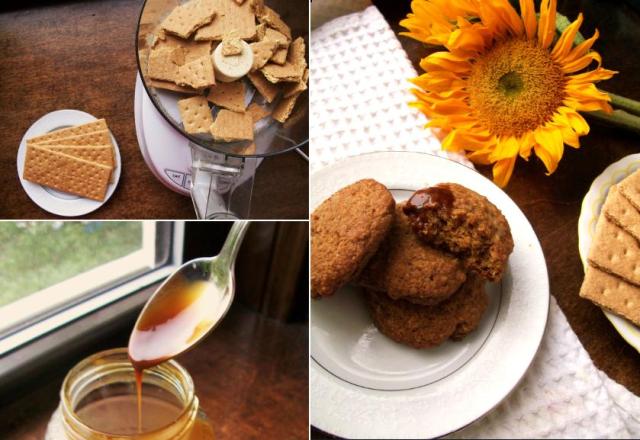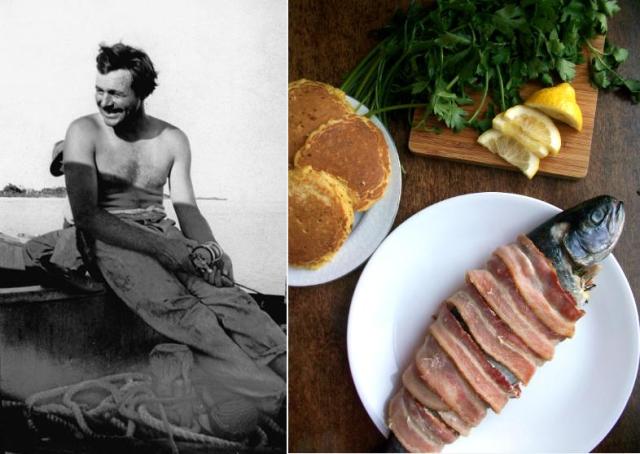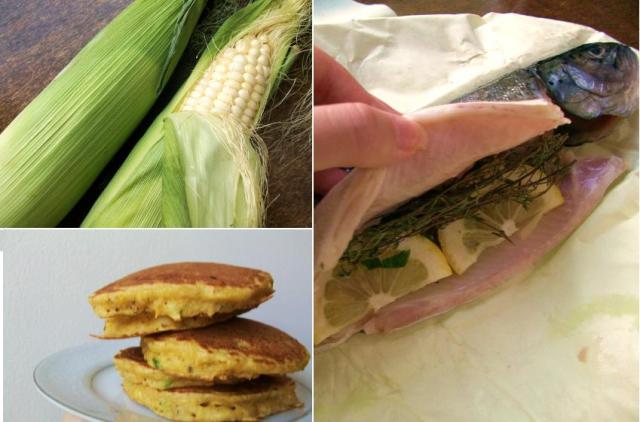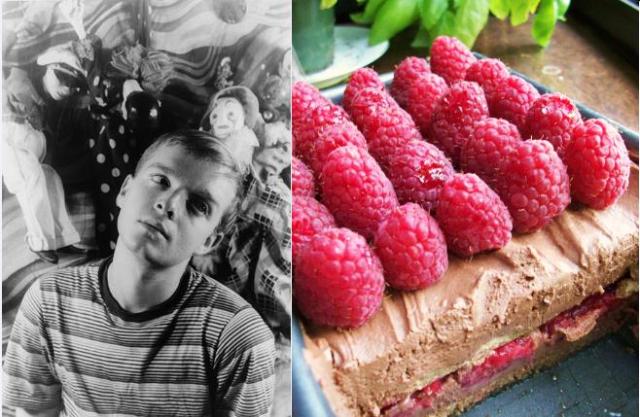If cookies were a literary genre, I suspect they’d be the romance novel. Neither one gets much respect in highbrow circles, but both have a dedicated, verging-on-rabid following. They’re the perfect accompaniment to a rainy Sunday afternoon – and it’s dangerously easy to consume several in one sitting.
But unlike romances, with their embossed and be-Fabio’ed covers, cookies aren’t winning any beauty contests. They’re usually not much to look at, which is one reason why they’re more often found in our home kitchens than on restaurant menus. They’re homely in every sense.
If you had met him on the street, you might have thought Wallace Stevens was similarly unremarkable. Every day for over 40 years, he got up, got dressed, and commuted to his achingly normal day job at a Connecticut insurance agency (Kafka also worked in insurance, which makes you wonder just what goes on over there). His humdrum evening routine consisted of eating a cookie while reading the paper. He didn’t publish his first poem until he was 35, and even after he won the Pulitzer, he still went to the office every day, and ate a cookie every night.
No other writer talks about cookies as much as Stevens does. Elsie, his wife, always seemed to have a batch baking; “I can almost smell them,” Stevens wrote in his letters. He brought them on picnics, and gave boxes of them away as Christmas gifts. Even Stevens’ daughter associated with cookies; when he was away on business, she would put a cookie by his place at the table, waiting for him to come home.
Stories like that remind me why cookies, despite their homely status, are so beloved: They tie in to our most cherished memories, and remind us of those little moments that make life worth living. Stevens knew that power well. In 1948, after returning from a trip to New York with Elsie, he wrote, “We went into the kitchen, sat there drinking milk and eating cookies. … This is not much. Yet it is a little in spite of everything.”
* * *
Continue reading “Wallace Stevens: Coconut Caramel Graham Cookies”






